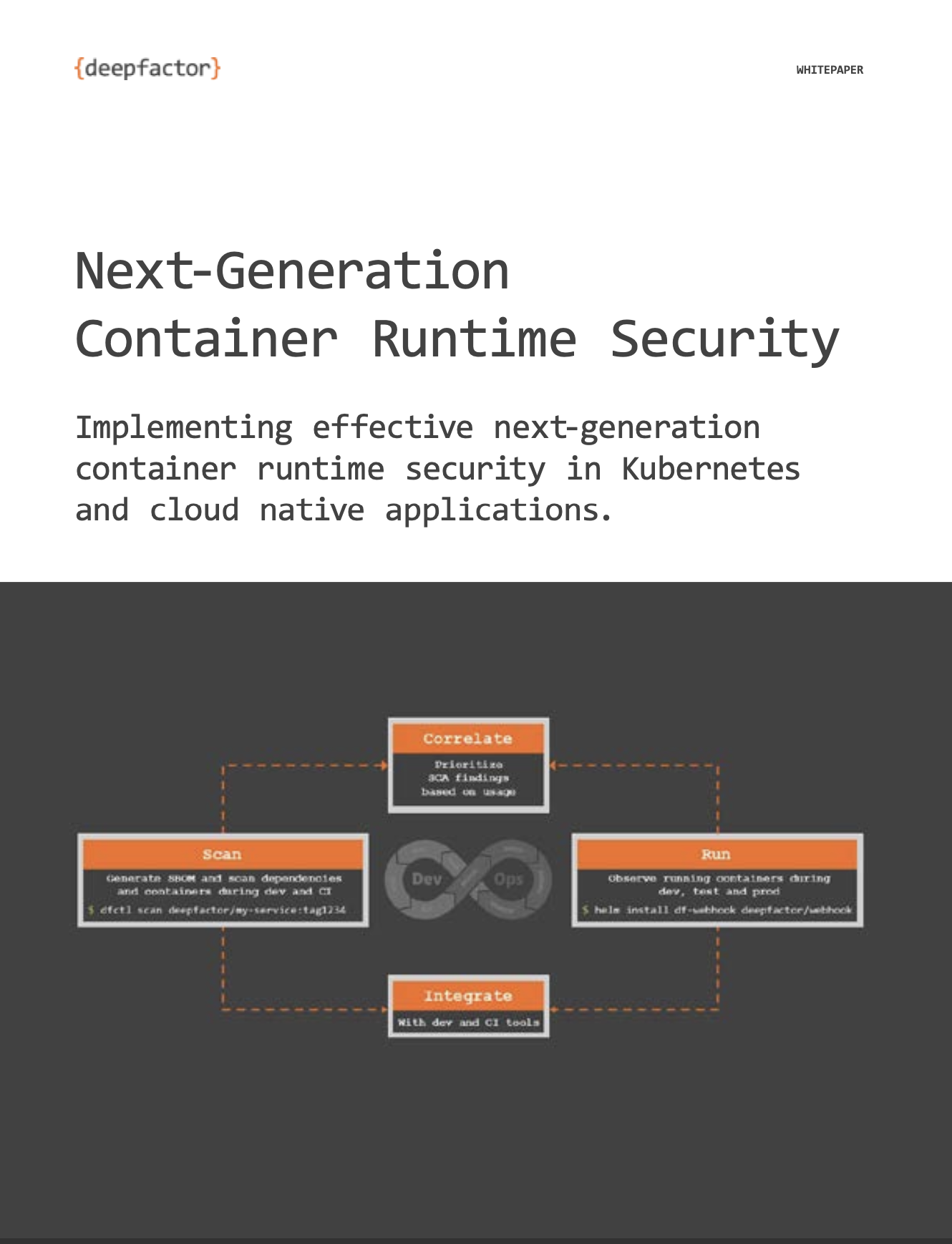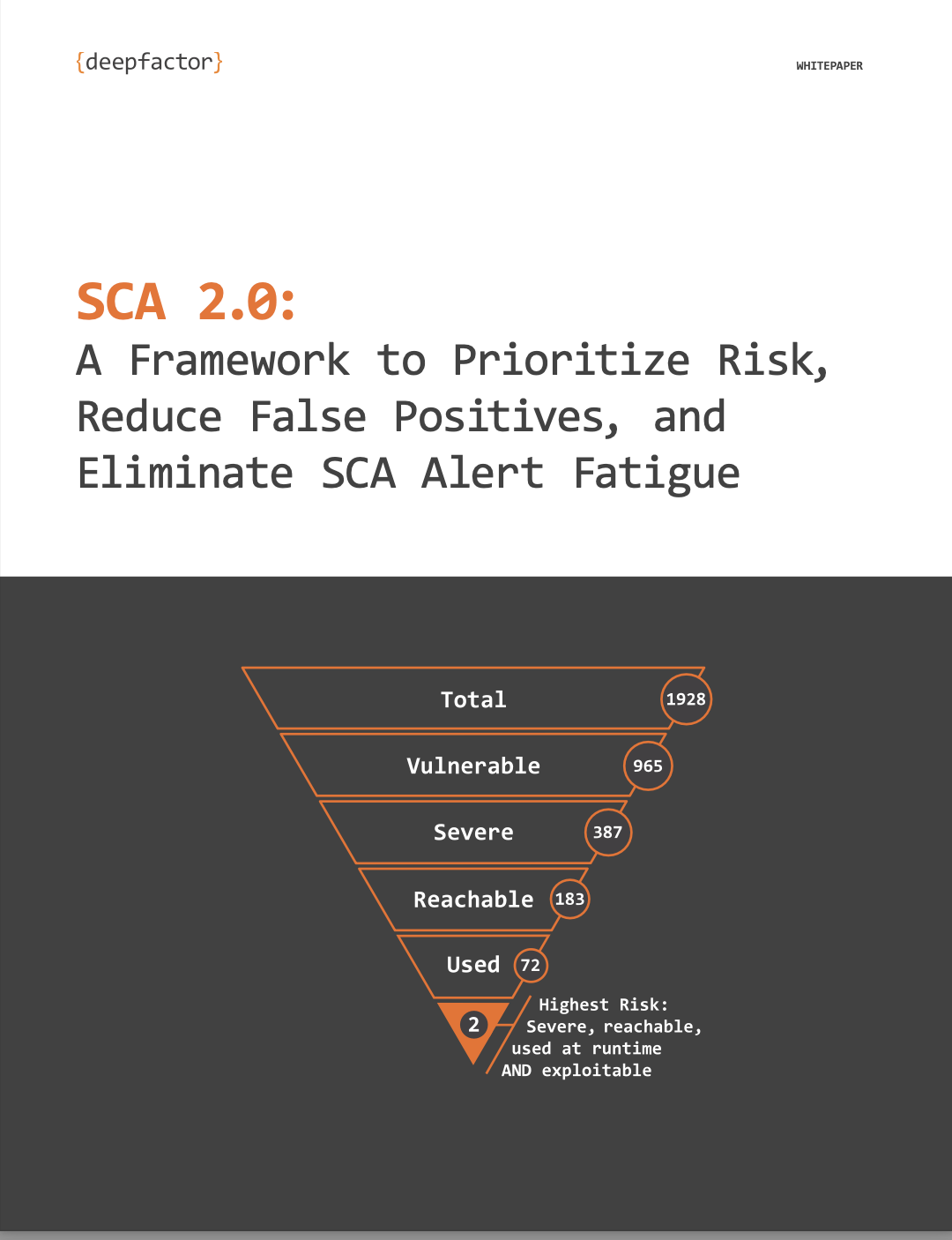What is CI/CD Security?
CI/CD (Continuous Integration/Continuous Deployment) security involves implementing measures to protect the CI/CD pipeline from security threats and vulnerabilities. This process ensures that the automated systems used for integrating, testing, and deploying code are secure and free from unauthorized access, data breaches, and other malicious activities. In the realm of modern software development, securing the CI/CD pipeline is crucial to maintaining the integrity and reliability of the entire software delivery process. As organizations increasingly rely on automated systems, the importance of safeguarding these pipelines from potential security threats cannot be overstated.
Components of CI/CD Security
Access Control and Authentication
Ensuring that only authorized personnel have access to the CI/CD pipeline is a fundamental security measure. Implementing strong authentication mechanisms, such as multi-factor authentication (MFA), helps prevent unauthorized access. Access control policies should enforce the principle of least privilege, granting users only the permissions necessary for their tasks.
Secret Management
Secrets, such as API keys, passwords, and certificates, must be securely stored and managed. Using secret management tools, such as HashiCorp Vault or AWS Secrets Manager, ensures that sensitive information is encrypted and only accessible to authorized processes and users.
Code and Artifact Integrity
Ensuring the integrity of code and artifacts throughout the CI/CD pipeline is critical. Implementing checksum validation, digital signatures, and secure artifact repositories helps verify that code and artifacts have not been tampered with.
Secure Communication Channels
All communications within the CI/CD pipeline should be encrypted to protect data in transit. Using protocols like HTTPS and SSH ensures that sensitive information is secure from interception and eavesdropping.
Key Terms in CI/CD Security
Static Application Security Testing (SAST)
SAST analyzes the application’s source code for security vulnerabilities without executing the program. This testing method helps identify potential security issues early in the development process, allowing developers to address them before deployment.
Dynamic Application Security Testing (DAST)
DAST tests the running application for security vulnerabilities by simulating real-world attacks. Unlike SAST, DAST does not require access to the source code and helps uncover issues that may not be apparent through static analysis.
Infrastructure as Code (IaC) Security
IaC involves managing infrastructure configurations through code. Ensuring the security of IaC includes validating configurations against security policies, using trusted modules, and regularly scanning for vulnerabilities.
Pipeline Security Scanning
Regularly scanning the CI/CD pipeline for security vulnerabilities is essential. Tools like OWASP ZAP can be integrated into the pipeline to automatically detect and report security issues.
Benefits of CI/CD Security
Enhanced Protection Against Threats
Implementing robust security measures in the CI/CD pipeline helps protect against a wide range of security threats, including unauthorized access, data breaches, and malware. This ensures that the software delivery process remains secure and reliable.
Compliance with Regulations and Standards
Ensuring CI/CD pipeline security helps organizations comply with industry standards and regulatory requirements, such as GDPR, HIPAA, and PCI-DSS. Compliance not only avoids legal and financial penalties but also demonstrates a commitment to protecting sensitive data.
Improved Code Quality and Integrity
By incorporating security testing and validation into the CI/CD pipeline, organizations can improve the overall quality and integrity of their code. Identifying and addressing security vulnerabilities early in the development process reduces the risk of security issues in production.
Reduced Risk of Security Incidents
A secure CI/CD pipeline minimizes the risk of security incidents that could disrupt the software delivery process. This helps maintain business continuity and protects the organization’s reputation.
Challenges in CI/CD Security Implementation
Complexity and Integration
Integrating security measures into the CI/CD pipeline can be complex, requiring significant setup and configuration. Ensuring that security tools and practices seamlessly integrate with existing CI/CD processes is essential for effective implementation.
Continuous Monitoring and Maintenance
Maintaining CI/CD pipeline security requires continuous monitoring and maintenance. Organizations must regularly update security tools, review security policies, and monitor for new threats to ensure ongoing protection.
Balancing Security and Speed
Implementing security measures in the CI/CD pipeline can sometimes impact the speed of software delivery. Balancing security and speed requires optimizing security processes to minimize delays while ensuring robust protection.
Resource Constraints
Organizations may face constraints in terms of time, budget, and skilled personnel dedicated to CI/CD pipeline security. Addressing these constraints is essential to implementing effective security measures.
Best Practices for CI/CD Security
Automate Security Testing
Integrate security testing tools into the CI/CD pipeline to automatically scan code and artifacts for vulnerabilities. The earlier you integrate security into the process, by “shifting left,” the faster, easier, and less expensive it will be to fix vulnerabilities. Utilize methods like SAST, DAST, and other security testing techniques to address security issues early in the development lifecycle.
Implement Role-Based Access Control (RBAC)
Use RBAC to manage access to the CI/CD pipeline, ensuring that users have only the permissions necessary for their tasks. This helps prevent unauthorized access and reduces the risk of security breaches.
Secure Build and Deployment Processes
Ensure that build and deployment processes are secure by using trusted tools and environments. Implement security checks and validations at each stage of the pipeline to detect and mitigate potential security issues.
Regularly Review and Update Security Policies
Continuously review and update security policies to reflect new threats and best practices. Regularly audit the CI/CD pipeline to ensure compliance with security policies and identify areas for improvement.
Educate and Train Development Teams
Provide ongoing education and training for development teams on CI/CD pipeline security best practices. This helps ensure that security is a priority throughout the development process and that team members are aware of the latest security threats and mitigation strategies.
Conclusion
Securing the CI/CD pipeline is crucial for maintaining the integrity and reliability of the software delivery process. By implementing robust security measures, organizations can protect against a wide range of threats, ensure compliance with regulations, and improve the overall quality and integrity of their code. The dynamic nature of software development requires a well-structured and reliable CI/CD pipeline to respond promptly to market needs and user feedback. Organizations that prioritize their CI/CD security can not only enhance their operational efficiency but also maintain a competitive edge in the industry. Investing in a robust CI/CD pipeline today can yield significant dividends in terms of quality, speed, and customer satisfaction tomorrow. Take action now by evaluating your current development processes, identifying areas for improvement, and implementing a CI/CD security strategy that fits your organization’s needs.
FAQs
What is the difference between Continuous Integration and Continuous Deployment?
Continuous Integration (CI) focuses on automatically integrating code changes and running tests to ensure code quality. Continuous Deployment (CD) extends this by automatically deploying code changes to production once they pass all tests, eliminating manual deployment steps.
What is Infrastructure as Code (IaC) and why is it important for CI/CD?
IaC involves managing and provisioning infrastructure through code, allowing for automated and consistent infrastructure setups. IaC is important for CI/CD because it ensures that infrastructure configurations are repeatable and version-controlled, facilitating reliable deployments.
How often should code be integrated in a CI/CD pipeline?
Code should be integrated frequently, ideally several times a day. Regular integration helps catch bugs early, reduces integration conflicts, and ensures that the codebase remains in a deployable state.
Can CI/CD pipelines guarantee bug-free software?
While CI/CD pipelines significantly improve code quality and reduce the likelihood of bugs, they cannot guarantee bug-free software. Continuous testing, monitoring, and improvement are necessary to maintain high-quality software.




